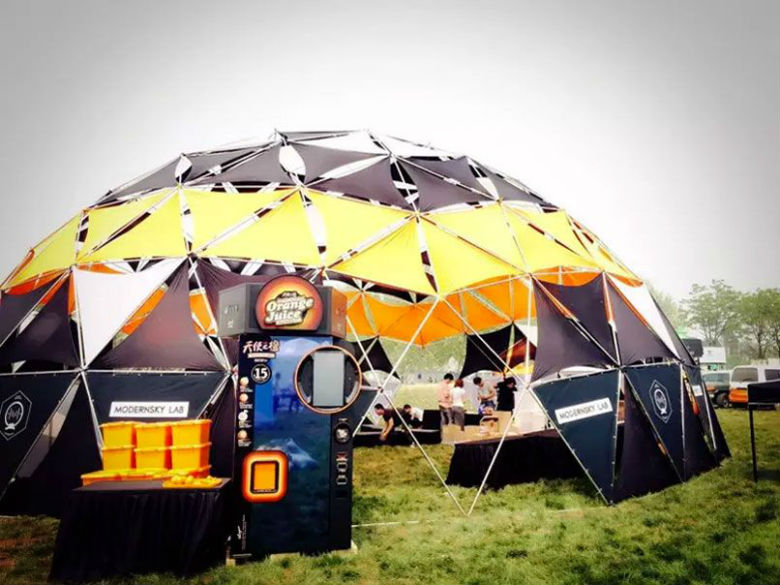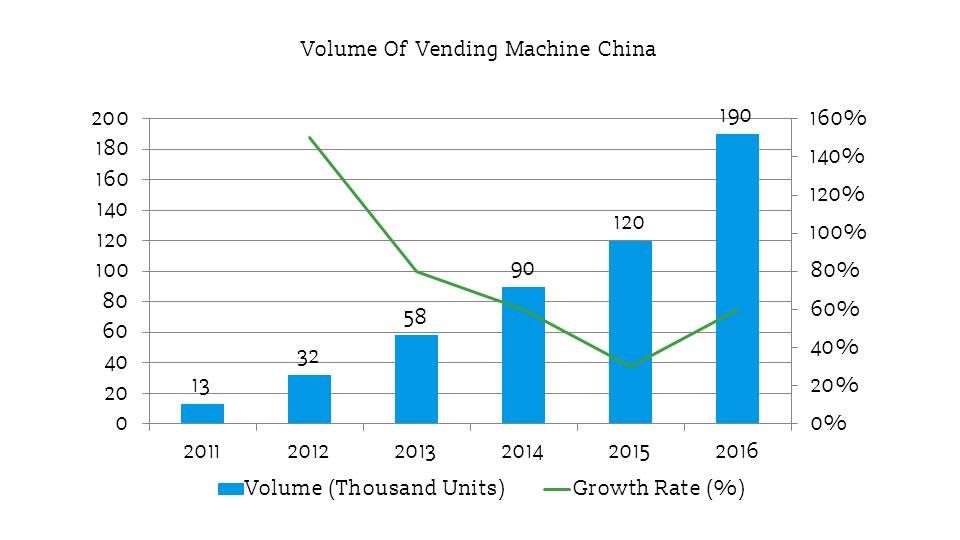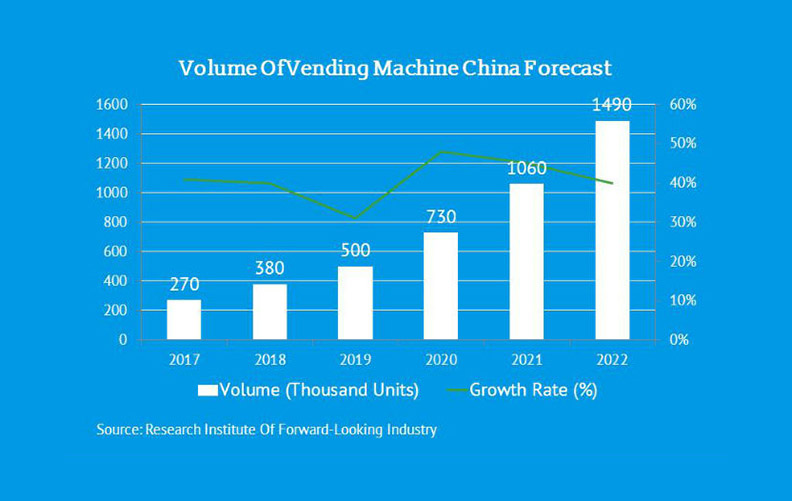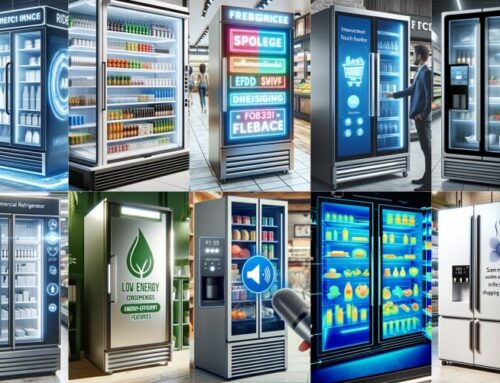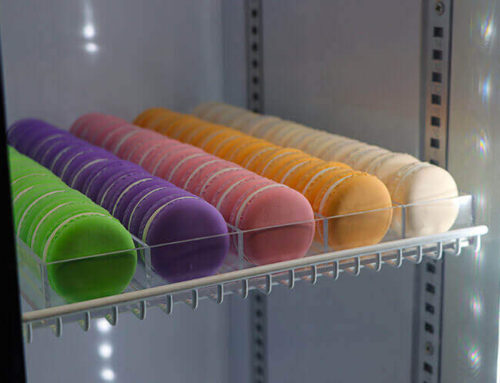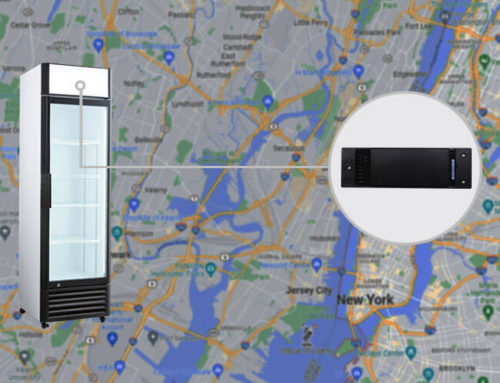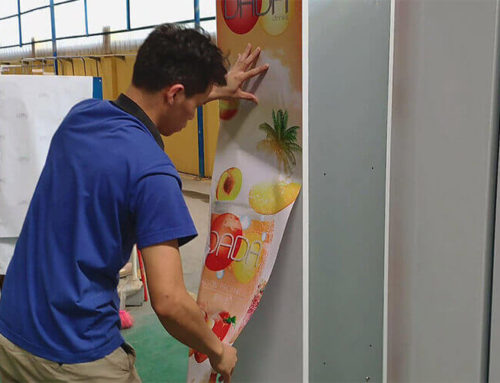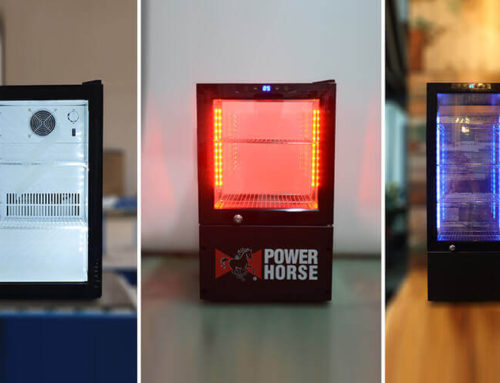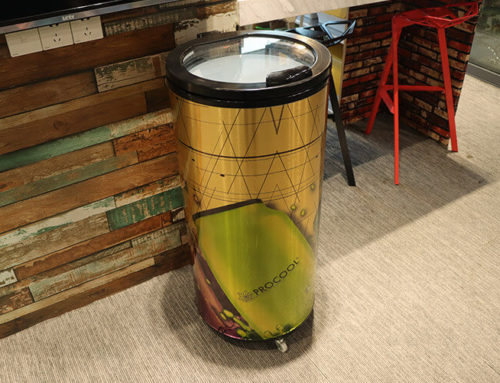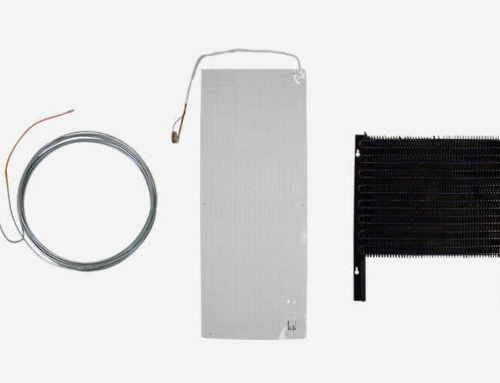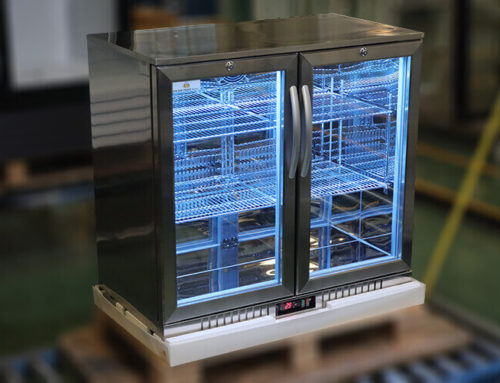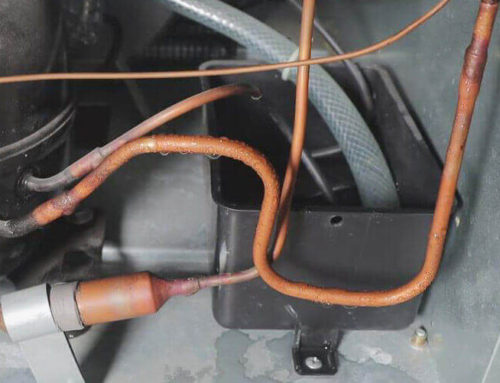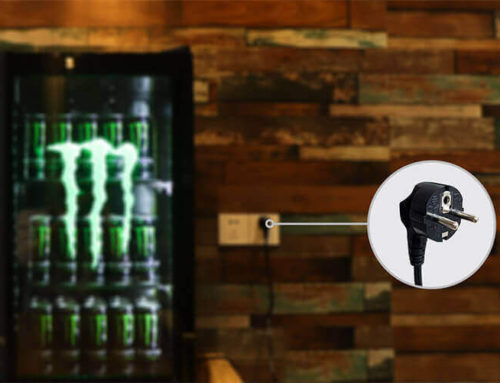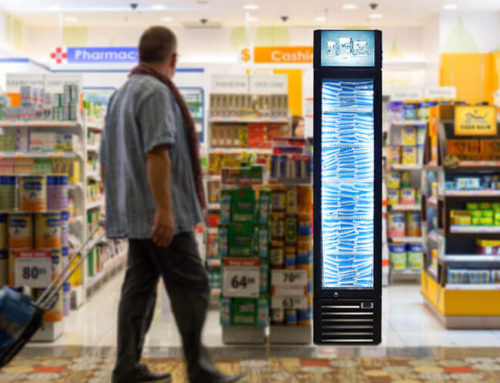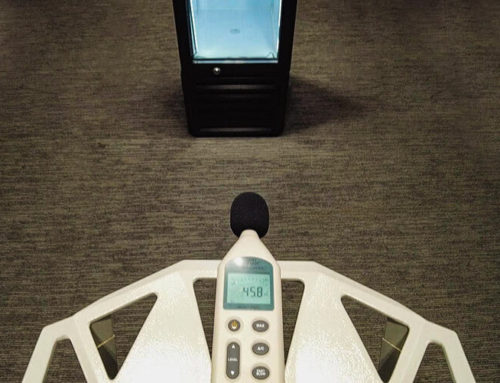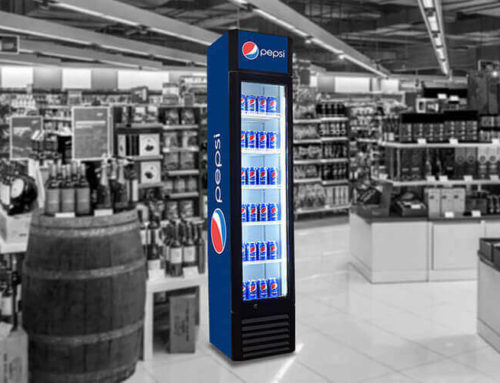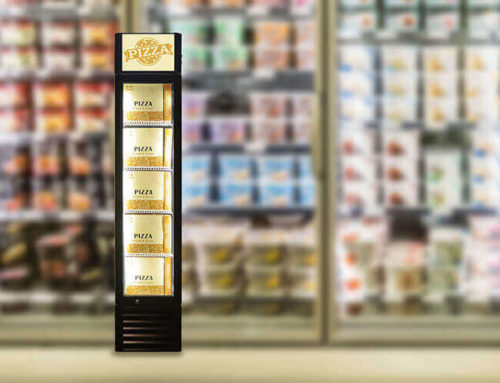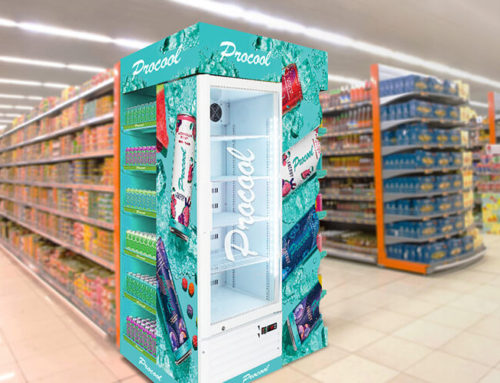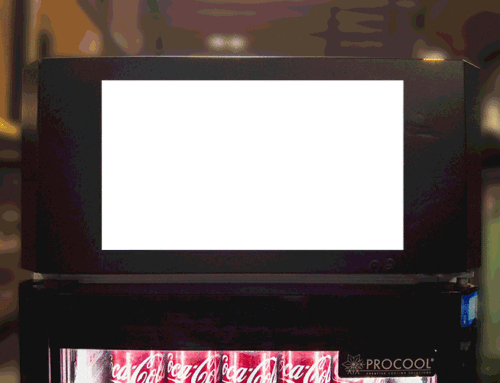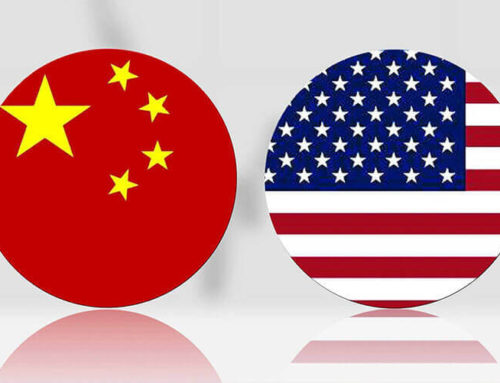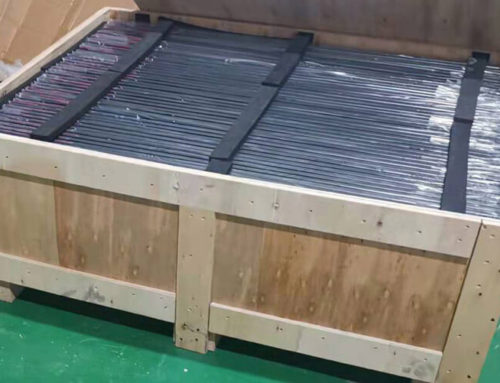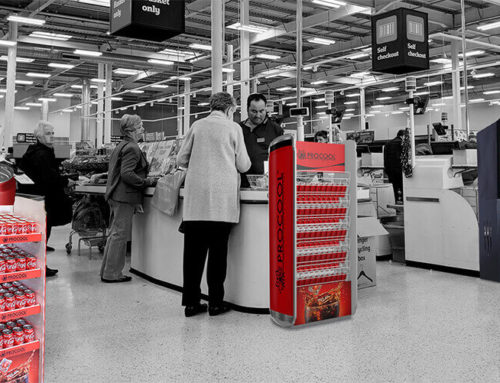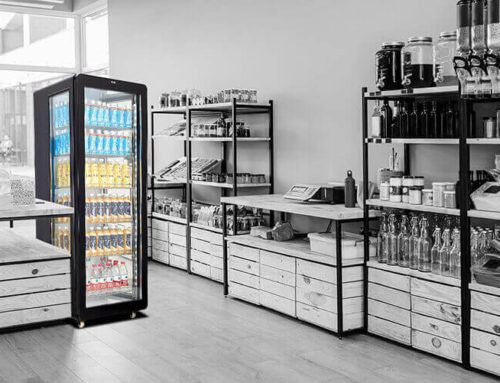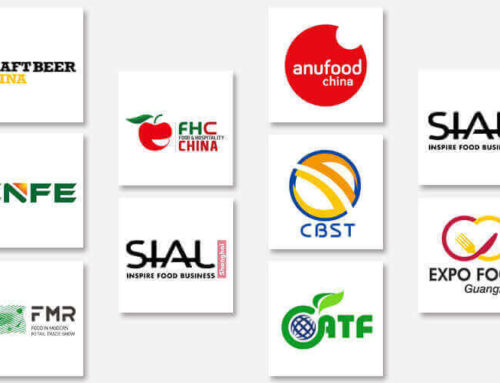Vending Machine China
Analysis Of The Prospects Under The Unattended Retail Trend
As early as 1994, China introduced the first vending machine. And vending machines are exactly the originators of the unattended retail. With the rapid development of applications such as internet technology, artificial intelligence, and mobile payment, the availability of unattended convenience stores, unattended shelves, and unattended restaurants have resulted in more and more consumptions of unattended scenes. At the same time, lifestyles are constantly generating new and interesting consumption patterns.
At this time, the long silenced Chinese vending machine industry is welcoming the spring. For now, among the three formats of unattended retail, there is doubt about the business model of unattended shelves. The unattended convenience store can be regarded as a large open vending machine. The industry chain of vending machines is mature and terminal forms are diversified. This is becoming the best carrier for realizing unattended retail sales.
1. The Spring of Vending Machine China
On the one hand, the beverage companies headed by Nongfu Spring and Wahaha are speeding up the layout. A competition for terminal retail networks with beverage giants participating in the game is in full swing. On the other hand, vending machines represented by unattended orange juice terminal Orange Juicenongfuspring.global and Aigelato ice cream machine also emerged in high-profile, revealing the diversity of the vending machine in China.
In future, the vending machine will become a mini supermarket that reaches users within a hundred meters in a specific scenario. And it utilizes the advantages of intelligent hardware + IOT to interact with users and complete a cloud + end refactoring. It’s a bit like the iPhone + app big explosion! This is a very promising future. This is exciting to beverage companies, as well as vending machine suppliers in China.
Vending machine is the originator of unattended retail, which has been around since the 1970s in Japan. The rise of rents and labor prompted the rapid development of the industry. In many countries, vending machines act as “24-hour robots that bring wealth”. And people do not need to guard them. They sell their own products and collect money by themselves. TechNavio data points out that the ratio of US vending machines to convenience stores is 30:1. The CAGR of US vending machines is expected to be higher than 54.3% from 2014 to 2018. And the US vending market will reach 13.34 billion USD in 2021.
Great Development Potential
According to the data of “2018-2023 Vending Machine China Market forecast and Investment Strategic Planning Analysis Report”, which is based on research by the Institute of Forward-looking Industry, the stock of vending machines in China was around 190,000 units by the end of 2016. And the industry of vending machine China has developed rapidly since 2011. As of 2016, the scale of the industrial market has grown by more than 14 times compared to 2011. Overall, the volume of the vending machine in China has grown rapidly, but compared to China’s huge population base, the overall penetration rate of China vending machines is still very low.
According to a survey conducted by the Japan Vending Machine Industry Association in 2016, Japan has about 5.8 million vending machines (corresponding to a population of 120 million people, or about 24 people owning one). And the United States has 6.91 million units (corresponding to a population of 310 million people, or about 44 People own one). In Japan, 70% of can drinks sales are through vending machines. In addition, the world-famous beverage company Coca-Cola owns 500,000 vending machines. And in China, about 90% of vending machines are beverage machines. Compared with Japan and the United States, the penetration rate of vending machine China still has great room for development.
Driven by Economic Growth
In addition, a research on the global retail market shows that the per capita GDP of 10,000 US dollars is the critical point for consumer demand for vending machines. By 2015, the per capita GDP of China’s more than 390 million people has exceeded 10,000 US dollars. The rapid development of vending machines in China since 2016 has just confirmed this point.
With the steady development of the Chinese economy, the market demand for vending machines will be released in the coming years. The current consumers are increasingly demanding convenience shopping and the popularity of internet of things technology and mobile payment. The vending machine is the most flexible and largest density retailer channel that is close to users. The future development speed will surely achieve explosive growth.
2. Beverage Giants are Laying out
As of 2017, Nongfu Spring owns more than 10,000 vending machines and established a special business unit to operate. Nongfu Spring’s vending machines not only spread throughout the cities but also penetrated into tourist attractions.
Coca-Cola’s current number of vending machines in China is around 5,000, and it will also focus on expanding this project in 2018.
As early as July 2016, Beverage giant in China Wahaha had clearly identified the entire field of vending machines. Zong Sheng Intelligent Technology Co., Ltd. was jointly established by Mr. Zong Qinghou and his brother Zong Zehe. The company plans to invest 2 billion RMB and deploy 100,000 vending machines to build a nationwide intelligent retail terminal network with high channel profits. In an interview, the reporter learned that after a short period of two years, with the help of Wahaha’s channel system, Zong Sheng’s vending machines have been distributing more than 20,000 units by 2017, mainly in middle and higher schools, hospitals, large factories, and scenic spots. There is currently close to 500 in Sichuan. This is undoubtedly a fast-growing company in the field of vending machines.
In foreign countries, the vending machine market has been very mature, but the market of vending machine China is still just a bud. And there is a secret in the industry that the champion of the beverage industry will be the champion of vending machines.
At the end of 2017, Wangwang Group finally could not sit still. According to sources, Want Want has set up a vending machine operation center. It expects to launch thousands of Wangwang intelligent vending machines across the country.
On January 8th, 2018, at the 2018 new retail sharing conference held by Bestore, the company’s vice president Zhao Gang disclosed that Bestore has stepped into the field of unattended smart cabinets. And this will reduce the distance between stores and customers from 300 meters to 15 meters.
In addition to the recent actions of the above companies, other beverage brands such as Master Kong, Tongyi, Jinmailang have not been idle. They have all had trainings quietly and start to form “self-sale pilot units”.
3. Prospects
Vending machine in China is accelerating its popularity with strong momentum. According to information from the Chinese Chain Store & Franchise Association, the number of vending machines in China should be 2.7 million units in order to truly meet consumer demand. In 2016, the number of China vending machine was close to 200,000 units, and annual sales were 7.5 billion RMB. It is expected that the number of vending machine China will be over 1.4 million units in 2022 and sales will be nearly 44 billion RMB. Currently, 90% of vending machines are operated by 40-50 professional operating companies, and the remaining 10% are operated by food and beverage brands.

